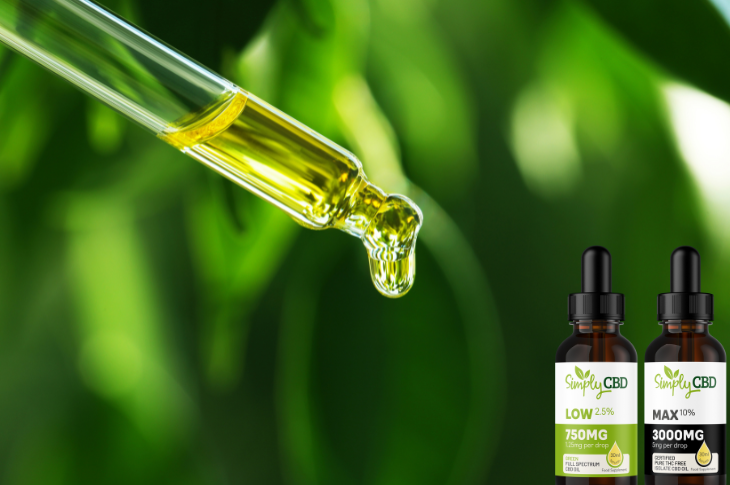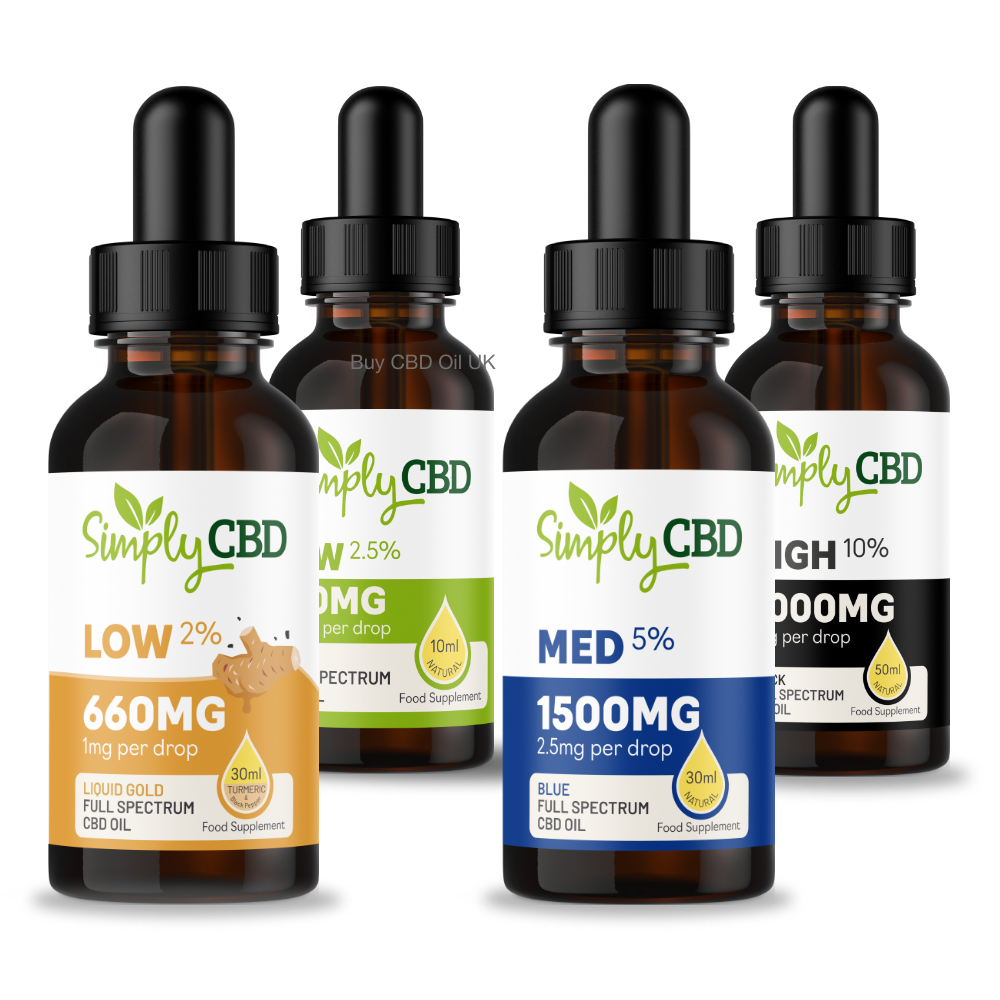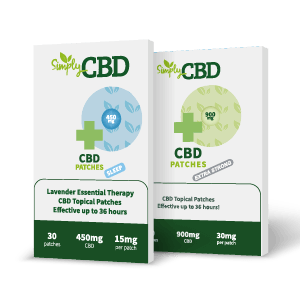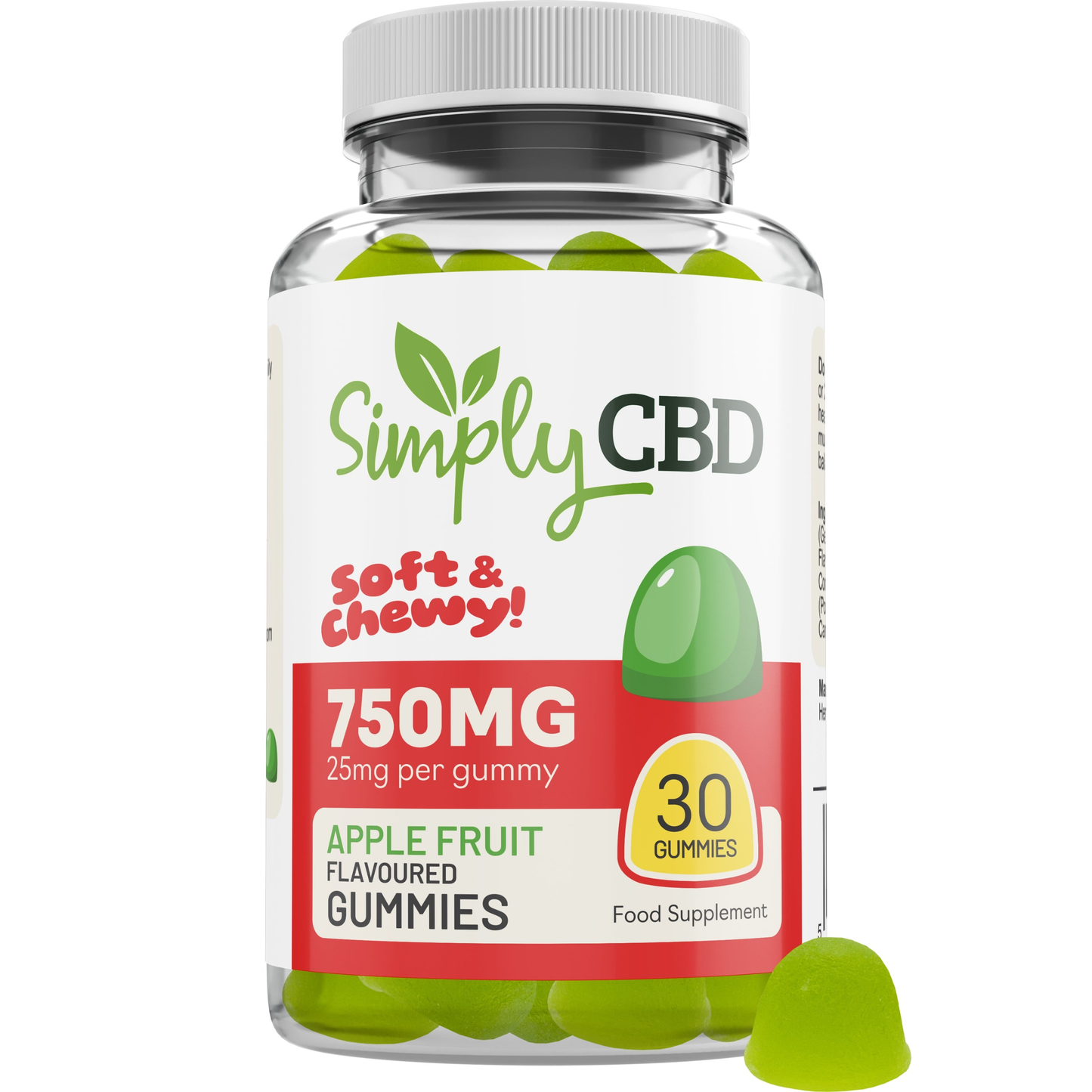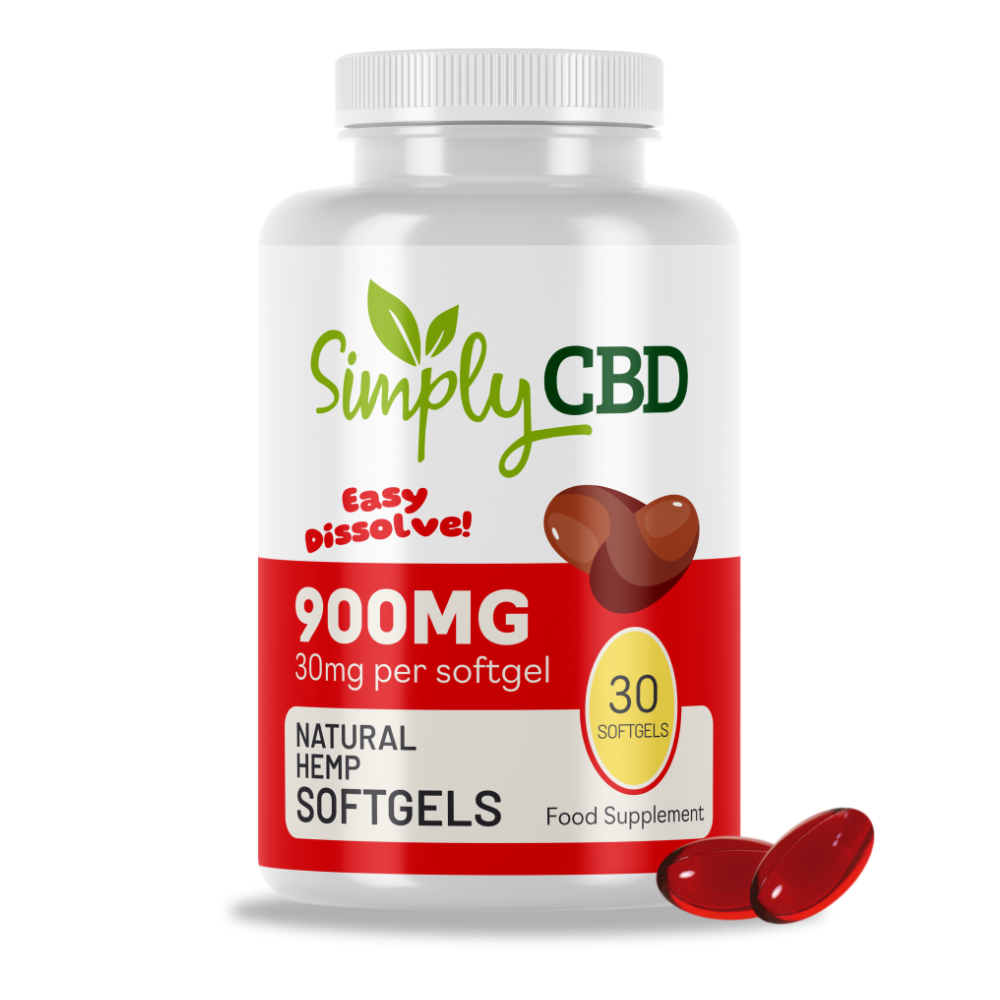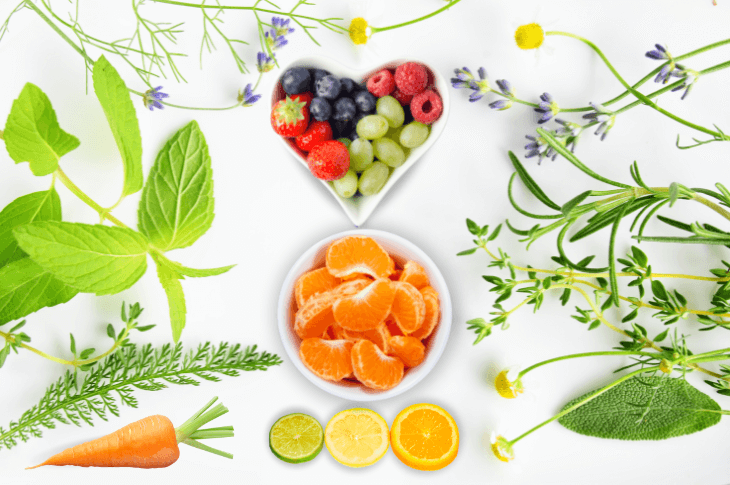
Terpenes and flavonoids are two different types of compounds that are found in many species of plants, including hemp. These compounds contribute to the colours, tastes, scents, and natural defences that plants produce. Even people who have never used CBD products are highly likely to have come into contact with various terpenes and flavonoids in their lifetime.

What are terpenes and what do they do?
Terpenes are present in many plant species, including fruits and flowers like oranges and lavender. They’re also thought to have some therapeutic benefits, such as the calming effects of lavender. The aromatic nature of terpenes contributes to the smell that different plants emit. For example, the scent of pine needles is due to their concentration of terpenes. As they emit strong fragrances, terpenes are used in many common cosmetic products, such as perfumes and lotions. In some cases, terpenes are used in food products as they can also affect flavours.
The scents that terpenes produce play an essential role in the protection of many plant species. For plants that face a high risk of attack, terpenes can help repel various predators. In other cases, they can aid in attracting pollinators. Other terpenes contribute to the function of a plant's immune system and can help with recovery where necessary. In essence, terpenes help plants achieve various survival and reproductive goals.
What are terpenoids?
Terpenoids are what terpenes turn into under certain conditions. When plants are alive and growing, these compounds take the form of terpenes. When plants are harvested and the terpenes oxidise, they become terpenoids. For example, when hemp is taken from its live form and is harvested to create CBD products, terpenes transform into terpenoids. While these terms are often used interchangeably, especially when discussing hemp products, it’s worth understanding how they differ from one another.
How do terpenes and terpenoids relate to hemp?
Despite the presence of terpenes in many different plants throughout the natural world, they’re widely associated with hemp. This is largely due to the fact that plants in the cannabis family contain a particularly high concentration of terpenes. They’re responsible for the pungent and easily recognisable scent of hemp, with each strain emitting a slightly different variation of the scent. Those who are connoisseurs in the world of cannabis plants, much like food and wine connoisseurs, can often identify a strain by its smell alone.
What are trichomes?
In terms of appearance, terpenes are found in trichomes, which appear as tiny crystals on the hemp plant. However, in reality, trichomes are minuscule hairs. Trichomes not only act as a home for the synthesis of terpenes, they also help protect hemp plants against many stressors such as predators and unfavourable weather conditions. In addition to this, many other compounds, such as flavonoids and cannabinoids, can be found in trichomes.
Do terpenes contribute to the entourage effect of full-spectrum CBD products?
The entourage effect refers to the theory that CBD products that allow all of the plant compounds and cannabinoids from the hemp plant to work together (as found in full-spectrum CBD products) may be more effective than products that contain only one cannabinoid (as found in CBD isolate products).
While many people believe that the entourage effect only pertains to the interaction of different cannabinoids, it’s theorised that terpenes also play a role. For example, some terpenes are thought to help dilate blood vessels. While this may not seem like an important effect, it actually allows cannabinoids to enter and travel throughout the bloodstream much more efficiently.
What are flavonoids and what do they do?
Similar to terpenes, flavonoids are another type of compound that can be found in various fruits, vegetables, and plants. Flavonoids are responsible for the vivid colours seen in leaves, fruits, flowers and vegetables. For example, they are the reason leaves turn yellow in the autumn, and they also provide white flowers, like chamomile, with their pigmentation. Flavonoids even give red wine its colour, as fruits like grapes and dark berries contain a particular type of flavonoid that produces purple, red, and blue hues.
One of the main benefits of flavonoids for plants is their role in attracting pollinators, as presenting enticing colours is essential in this process. They can also help deter natural predators and even protect plants from harsh solar UV radiation. In terms of benefits for humans, flavonoids are known to be high in antioxidants. This means they can help fight free radicals, improve overall health, and protect against numerous chronic ailments. In fact, flavonoids provide some fruits and vegetables with many of their natural health benefits.
How do flavonoids relate to CBD products?
There are over 20 flavonoids in the hemp plant, and they’re responsible for its distinctive green appearance. This means that approximately 1 in 10 of all plant compounds in the hemp plant are flavonoids. In addition to giving hemp its colour, flavonoids also play a protective role. They can help prevent damage from insects and germs due to their high concentration of antioxidants. Flavonoids are also thought to play a contributing role in the entourage effect.
What are Cannaflavins?
There are more than 6000 different flavonoids that occur in nature. Hemp only contains around 20, some of which are exclusive to plants from the cannabis family. The flavonoids that only occur in cannabis family plants like hemp are known as cannaflavins, a blend of ‘cannabis’ and ‘flavonoids’. The presence of these cannaflavins and other flavonoids helps provide each strain with its unique plant compound profile.
Key takeaways
Here are the key points to remember about terpenes and flavonoids:
- Terpenes and flavonoids are plant compounds that are found throughout the natural world in many species of plants, fruits, flowers, and vegetables.
- Terpenes play many roles, but the most notable is their influence on fragrance and taste.
- Flavonoids also play a number of roles, but the most notable is their influence on colour and pigmentation.
- Terpenes and flavonoids are present in full-spectrum CBD products and are thought to contribute to the entourage effect.
- Terpenoids are the oxidised form of terpenes.
- Cannaflavins are flavonoids that are exclusive to plants from the cannabis family.
- Trichomes are the tiny hairs on the hemp plant that are home to many terpenes, flavonoids, and cannabinoids, and aid in fighting off predators and poor weather conditions.
- Both flavonoids and terpenes are thought to have therapeutic benefits.






